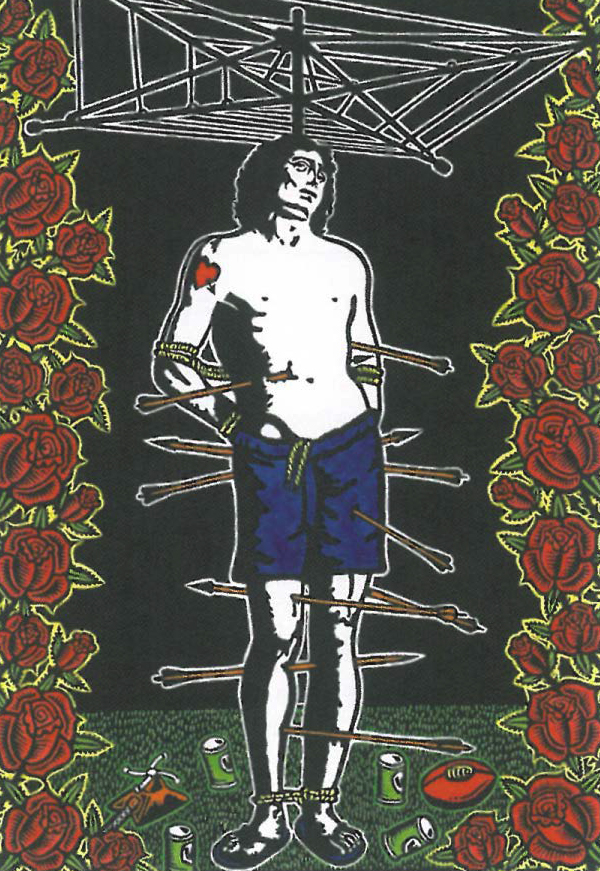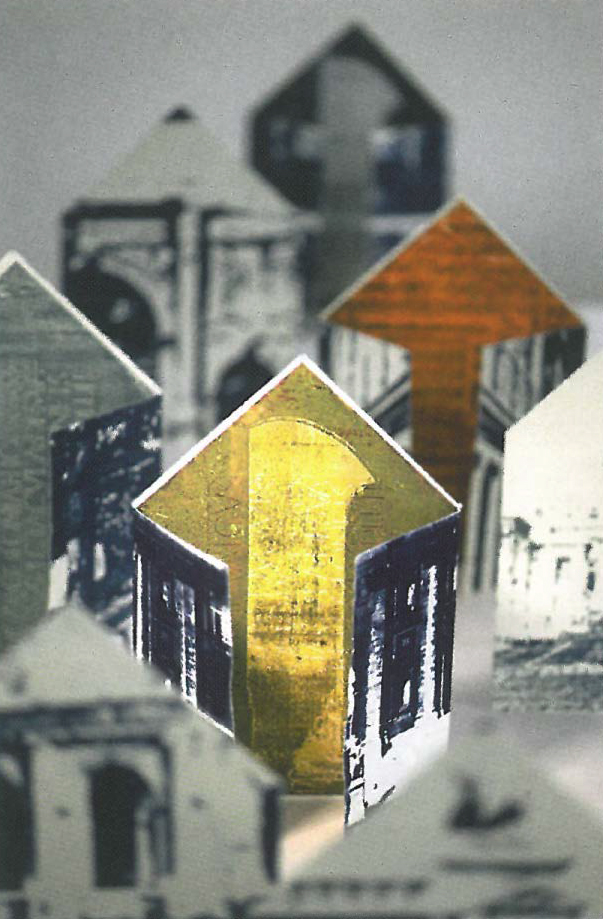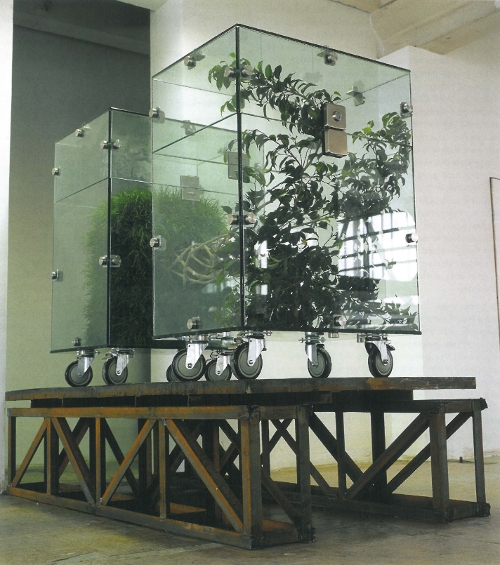
This year's award was again an excellent opportunity to engage with contemporary art practice through a range of printmaking media from the traditional to the digital. The selection of the 87 prints from over 300 entries was informed, reasoned and unashamedly void of boundaries and definitions. It is clear from exploring the exhibition that works selected were much less concerned with the traditional repetitive duplication of the same image and more in tune with the translation of ideas through exploratory transfer processes on new materials and forms.
Now in its 28th year and one of the longest arts/industry partnerships in Australia, the Shell Fremantle Print Award remains one of the richest print prizes in Australia with a $7,000 acquisitive first prize and a $3,000 non-acquisitive prize. This year the Fremantle Arts Centre also launched a new initiative in conjunction with the award, a yearly Artist-in-Residence program awarded in 2003 to artist Kati Thamo, winner of the 2002 people's choice award.
Among the most exciting inclusions in every print award are the artists' books, one of which took out this year's first prize. A wonderful work titled Studio D'una Cittá (Study of a City) by Antonietta Covino-Beehre. Created to fit in a casket like box, the eight-folded gabled prints also have centrally opening folds or doors. The set of prints removed from the box become a small installation of buildings, each exploring monuments, texts, textures, colours that attest to the grandeur that once was Rome and that fascinates and romances even today. The layering of images and narratives recall the strata of Roman history which seem neverending.
The non-acquisitive prize was awarded to Lyndall Adams' Self-Portrait: Useless Dolly, a stark yet richly tactile life-size digital print. The image of a doll knitted by the artist's grandmother floats uneasily on a black background. Its gangly legs twisted to fit the space, the conjoined arms creating a loop from shoulder to shoulder, its plastic head seemingly too small for its physical frame are left for the viewer to decipher. I found my own interpretations shifting from questions about body imaging, links to discourse about female roles or cultural trends as well as personal identity.

Another artist book by Noga Freiberg and Peter Lyssiotis titled Homeland deserves mentioning. A compelling narrative that uses the 'green line' to denote divided countries worldwide. The green line is the dividing line between the West Bank and Israel. This invisible line of distrust and misunderstanding could be anywhere in the world with differing degrees of division, we can think back to East and West Germany, Greece, the former Yugoslavia and its new land divisions, Spain and the Basque Region. The green line that grows ever larger so as to fill the pages of the book slowly subdues the narrative and its images of personal and social discord.
Susanna Castleden's highly commended work Trace weaves multiple narratives based on the juxtaposition of western mapping and landscape and the homogeneity of the union between indigenous people and land. Julia Sylvester's Hildegard's Garden is another rendition of the print medium worthy of note. The delicately sandblasted test tubes attest to the scientific and spiritual nature of Hildegard of Bingen. A renowned Medieval healer and herbalist so in love with nature as the divine in creation, that she sought out the finest scientific minds of her day and made volumes of their knowledge here represented by a book of alchemical remedies.
Again a strong contingent of Aboriginal works was included in this year's award. Among the excellent works by Helicopter, Paddy Simms, Alan Griffiths I was drawn to Pandanus, an exquisite screenprint on silk by Osmond Kantilla as well as the very delicate and unusual imagery of Pamajini Family by Bima Woody.
Overall the exhibition showed a strong and balanced blend of new approaches to printmaking as well as great new talent working in the more traditional formats. The 28th Annual Shell Fremantle Print Award has again exposed the eloquence of Australia's contemporary art practice and its ability to take one of the oldest media towards new directions and re-interpretations.












